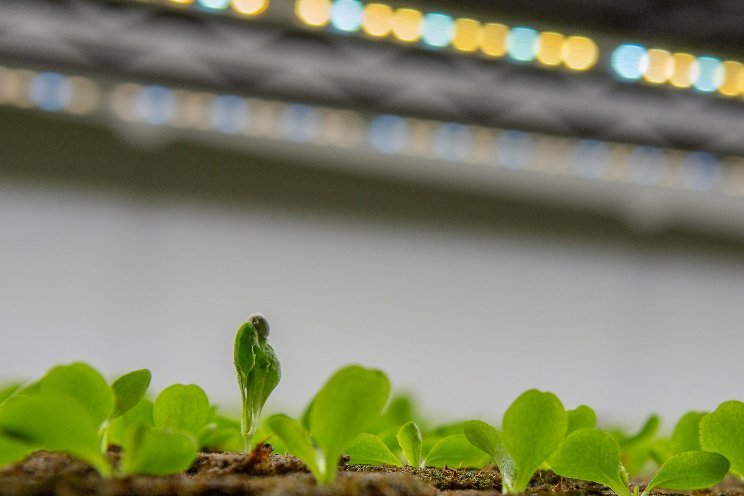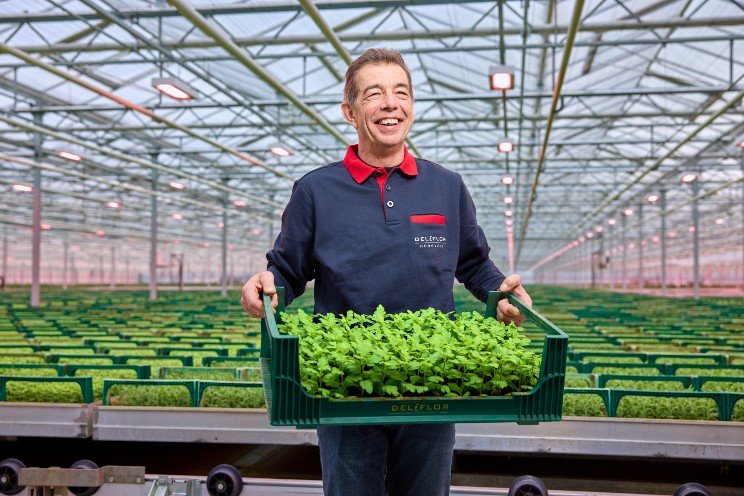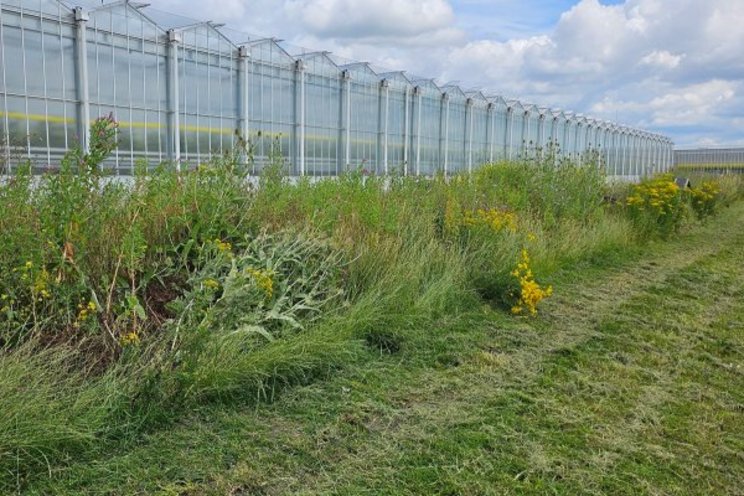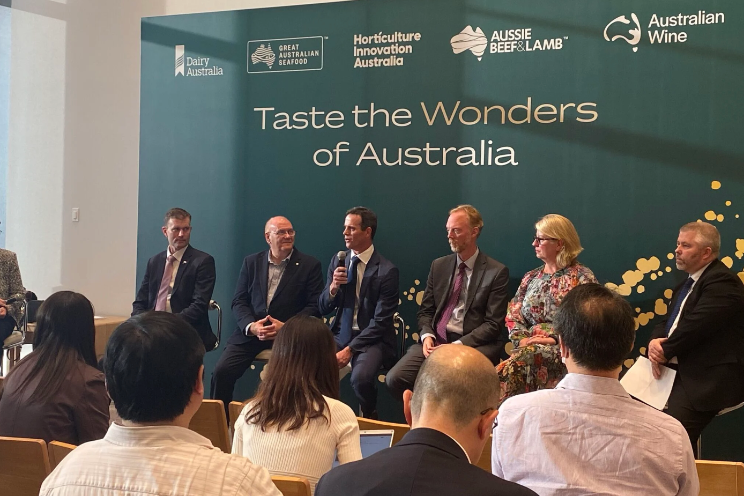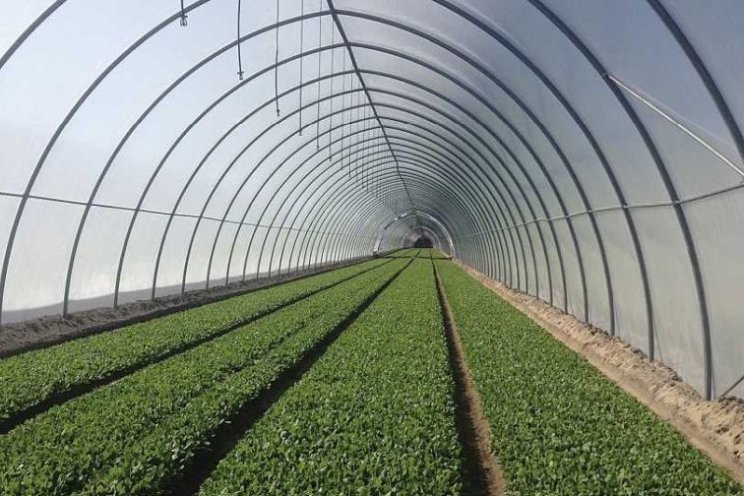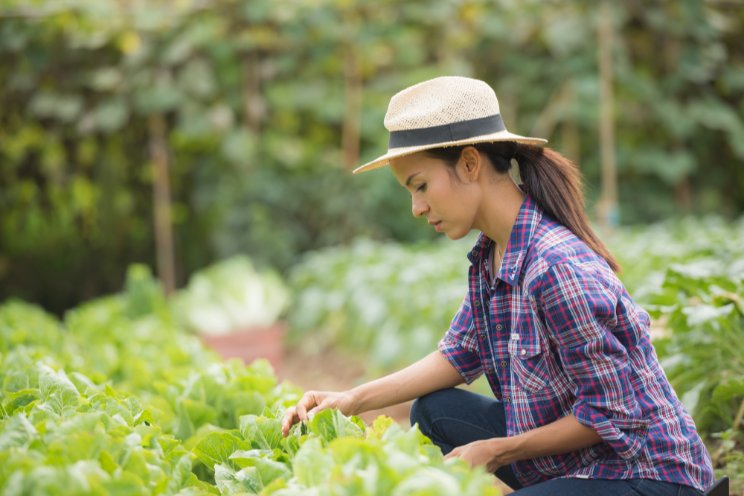Will VF be the future of food production
Added on 13 June 2023
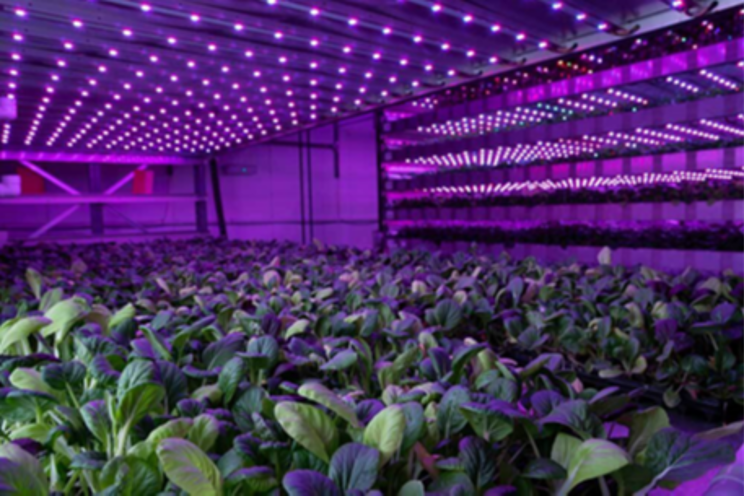
In this blog, we'll explore the key differences between vertical farms and more traditional farming methods and how they differ within transportation, distribution, and supply chains.

What are the key differences between a vertical farm and a traditional farm?
Traditional open-field farming relies on lots of outdoor space to allow crops to be grown in the ground. In an IGS vertical farm, crops are grown in vertically stacked layers within a structure where the environment is totally controlled and is optimised through the use of technology. Imagine a 300m2 field, cut up into 50 full-size snooker tables. These snooker table-sized sections are stacked in two racking systems and placed inside a superstructure to create a Growth Tower. The space-saving offered by vertical farming is one of its biggest advantages.
Water usage is another advantage of vertical farming. Accounting for 70% of the usage of all freshwater on the planet, outdoor farming puts pressure on freshwater resources as production continues to expand. To help counter this, vertical farming is a low-water use method because of its closed-loop irrigation system. This system means the water gets collected and reused repeatedly. With an IGS farm, the only water leaving the Growth Tower system is within the crop itself.
More traditional farms are subject to the limitations imposed by external environmental conditions. They rely on natural sunlight, rainfall, and seasonal changes, making them vulnerable to extreme weather fluctuations. Whereas vertical farms provide precise control over environmental factors like temperature, humidity, light, and nutrient levels. These controlled environments enable year-round production and reduce reliance on external factors, making vertical farms less susceptible to climate variations and providing more consistent crop yields.
Vertical farms also implement integrated pest management systems that eliminate the need for chemical pesticides. Traditional methods use pesticides and herbicides to control pests and weeds, which can have environmental and health implications.

How does vertical farming and traditional open-field farming differ in energy use?
One of the biggest criticisms around vertical farming is its energy use. Whilst vertical farming does use a large amount of energy to grow crops, there are many opportunities for vertical farms to run on renewable energy sources, such as solar, wind and waste.
Another way IGS reduces energy usage within our vertical farms is our patented three-phase power and control system. Our system allows you to dynamically control LED usage, which means you can deliver the right amount of light the plants needs, when they need it. This process of photon optimisation can reduce power requirements by up to 50%.
Through strategic planning and consideration of renewable energy usage in vertical farms, there are many options to look at alternative power sources to build a business case for investing in a vertical farm.
Photos: IGS
More news

